5 Eyebrow-Arching Epilogues To The Most Famous Photos Ever
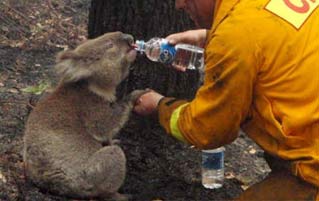
An iconic photo is a reflection of an entire era -- decades of human progress, toil, and conflict condensed into a single image. Why, that's worth -- how long was that last sentence? 22 words? It's worth at least 22 words. Maybe round that up to 25. But after such pictures are taken, the people in them were free to wander off to have a bagel, or find some burn cream, or do whatever it is they were doing before history stole their souls. This is what happened after ...
For The "Dust Lady," Things Somehow Got Worse After 9/11
On the morning of September 11, 2001, Marcy Borders went to work as a bank teller ... on the 81st floor of the World Trade Center. Yes, obviously you know what's coming, but Marcy had no idea. She'd only started the job four weeks previously. A few hours later, the first plane struck the tower while she was making copies. The impact knocked her to the ground. She got up and ran for the stairs. While she tried to escape, the building started to collapse, resulting in so much smoke and dust that you could literally see it from space. As she fled the crumbling tower, Borders was obviously blanketed in the stuff. Photographer Stan Honda took her picture as she cleared the building, and the image became iconic of the attacks. She had become the "Dust Lady." And without even a radioactive vacuum accident of some kind.
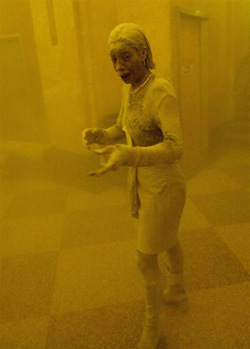
Though witnesses spotted multiple heroes in the area that day.
Borders fell into a decade-long depression after the attack, and reported symptoms consistent with PTSD. Her life spiraled downward, and she turned to alcohol and drugs to alleviate her mental anguish. In the years to come, her life came apart at the seams. She lost her job, her two children were taken from her, and she separated from her partner of 14 years. It's not often a terrorist attack is considered "uphill," but for Borders, it may have been. It took her 10 years to turn things around. In 2011, she managed it. She checked herself into rehab, and while there, she found out Osama bin Laden had been killed -- always a picker-upper. Having found a new lease on life, Borders began to pull her life back together. She reconnected with her children and her partner, and began volunteering in the community.
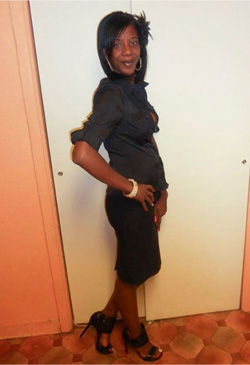
We hope the community had a bin Laden pinata she could volunteer at.
Then in 2014, her doctor informed her she had stomach cancer. Clearly, she had upset a witch of some sort. No, wait. Remember that dust from earlier? There's a good possibility that it was actually a carcinogenic cocktail -- one that screwed hundreds of people who had already experienced quite enough misery.
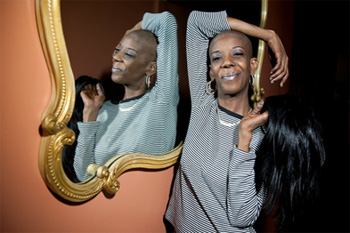
At least it gave her an excuse to buy a kickass wig.
By November 2014, Borders had racked up $190,000 in medical bills, and was unable to afford her medications. See, while some cancers are covered under the Sept. 11 compensation fund, it was unclear whether her illness was one of them. Without help, she succumbed to the disease in 2015.
Uh ... we mean, she flew away on a rainbow! Y-yeah. That's how it went down. Now she's best friends with a cloud. They sing songs. Everything is fine.
The Man Giving The Injured Koala Water Was Driven Out Of His Job
Taken in the aftermath of the horrific Black Saturday bush fires that hit Australia back in 2009, this adorable photo of a man (super-appropriately named David Tree) helping out a koala charmed the world. It remains an enduring image of hope, empathy, and, above all, wuvvable-ness. There's no way anyone could hate a volunteer firefighter tending to a cute animal after presumably rescuing it from firenado-riding Aussie death spiders, right?
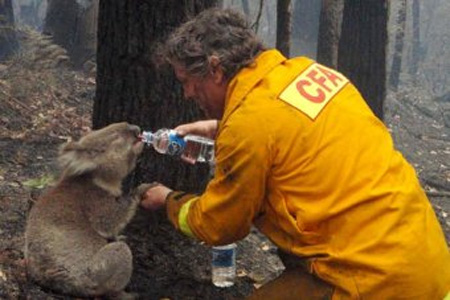
Unless you're one of those Australian anti-koala-fraternization bigots.
Yet, somehow, that's exactly what happened.
The public reaction to the photo was beyond negative, bordering on ferocious. Tree was mocked and insulted by a broad range of people, who accused him of various shenanigans, including but not limited to setting the photo up, abandoning the koala immediately after the picture was taken, and even flat-out neglecting his firefighting duties to mess around with some stupid animal.
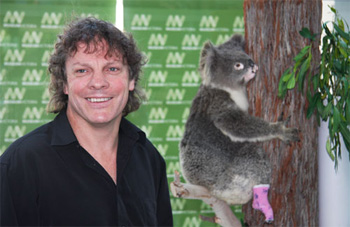
But if we don't save the koalas, what are we fighting for, anyway?
Sure, Tree got positive attention too. He was honored in a multitude of ways, and even received a bronze sculpture of the photo from his hometown. However, humanity being reliably, awfully human, the statue was promptly vandalized, as was Tree's car. The stress of the constant negative attention turned Tree into an anxious wreck. He even quit his job when his boss started to give him crap about his "koala man" status.
He is presumably at home right now, grimly sewing a koala suit, plotting his revenge.

And six months later, Sam the koala flew away on a rainbow.
The "Nurse" In The Iconic World War II Photo Was A Dental Assistant (and Nazi-Thwarter)
Hey, remember this one?
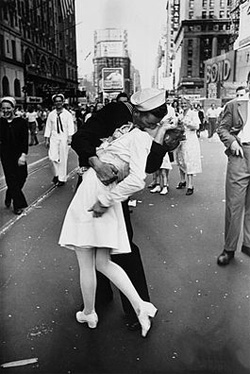
So much better than the one where she's punching him.
Here's how we mentally fill in the story: That grizzled war hero up there had just returned from the front, and was so overcome by the news that the war had been won that he grabbed a nearby nurse and gave her the tongue of freedom.
That's mostly accurate, but with one tweak: The "nurse" was the one with frontline experience. In fact, she was a Nazi-escaping expert.
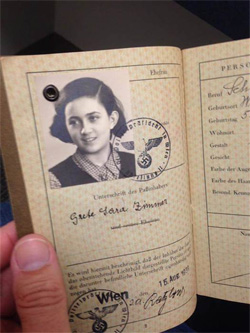
Here's a picture of her not being caught by the Nazis.
First, notice we put quotes around "nurse." The woman was 21-year-old Greta Friedman, a dental assistant who worked in an office down the road from Times Square. She had heard rumors that Japan had surrendered and the war was over, but since Facebook trending news stories were 70 years away from existing, she went outside to find out what was going on. That's when George Mendonsa, excited by the news, grabbed her and gave her a big ol' wet one.
However, ecstatic as Mendonsa was, Friedman had a lot more riding on the end of the war. She originally hailed from Austria, and back in 1938, she took her two younger sisters and fled the rapidly escalating high-octane Nazi bullshittery to the United States. Her parents were supposed to follow, but they never got the chance. The person really, truly celebrating the end of the war up there is the one bent painfully backwards, and wearing heels.
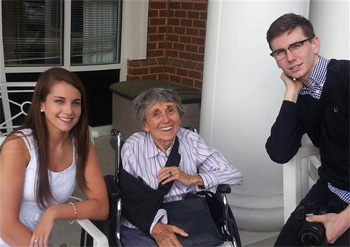
She named all her grandchildren "Fuck you, Hitler."
Also, in case you were wondering: No, she never held any ill will toward her mysterious kisser. After their identities were revealed in the 1980s, Friedman and Mendonsa reconnected, became friends, and exchanged Christmas cards for years. Presumably their favorite holiday song is "Baby, It's Cold Outside."
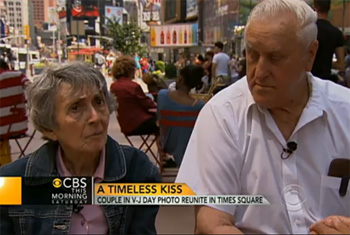
Meanwhile, Mendonsa remains happily married to the woman he was on a date with the day of the kiss.
The Girl In The Kent State Shooting Photo Wasn't A Student, But A Teenage Runaway
The Kent State University shooting on May 4, 1970 was a turning point in America's view of the Vietnam War. The Ohio National Guard attempted to disperse an antiwar student crowd, but the protesters started yelling and throwing rocks. The soldiers were desperately afraid of rocks -- notorious fellers of mighty militaries that they are -- and decided to shoot into the unarmed crowd, killing four and wounding nine students.
That's where our iconic photo comes in: a girl kneeling over the body of a dead student, shouting in anger, shock, and grief ...
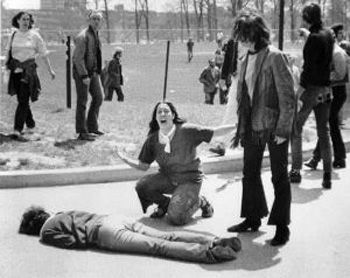
Most people assume the girl is a friend or lover of the downed student, or maybe a classmate. In truth, she was barely qualified to be on the university campus. The girl's name is Mary Ann Vecchio, and she was only 14 years old. Vecchio was a runaway from Miami who was hitchhiking from town to town. A few days before the shooting, she made her way to Kent, Ohio and met some friendly people who offered her a place to sleep. They mentioned the protests, and Vecchio decided to go, because what else is there to do in Ohio?
She happened to be standing next to Miller when the soldiers started shooting, and a photography major happened to capture her reaction to the batshit insane situation. If you had to Google the phrase "being in the wrong place at the wrong time," this is the photo you should get.
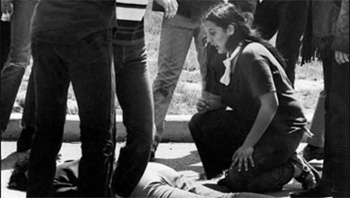
Suddenly, Cleveland seemed only the second-worst place to be in Ohio.
And things weren't about to get better for Vecchio. She was eventually returned to her family, who promptly proceeded to capitalize on her fame by selling T-shirts with her photo on it. When she went back to school, many wanted her to act as a spokesperson for student unrest, despite the fact that she had little understanding of politics -- because she continued to be a 14-year-old. She didn't stop that for like, a whole year. And right when she thought things couldn't get any worse, she became a target for thousands of hate letters, thanks to the hawkish governor of Florida, who decided to label her a communist plant and accuse her of being responsible for the deaths of the students at the protest.
Again, 14.
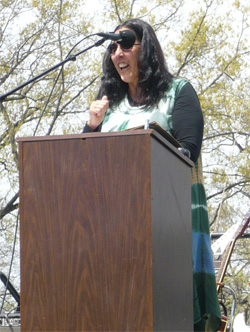
"I'll speak on it if you want, but seriously, guys. What the fuck."
Her fame and anti-authoritarian status caused her trouble with the law several times, and she refers to it as "life-destroying."
She ... also got to ride away on a rainbow!
The "Flower Power" Man Became A Counterculture Legend
This famous " Flower Power" photograph from 1967 shows a young man, George Harris III, protesting the Vietnam War in Washington, D.C. by putting carnations into the barrels of rifles -- a well-known tactic that Bugs Bunny taught us will instantly stop any gun from firing.
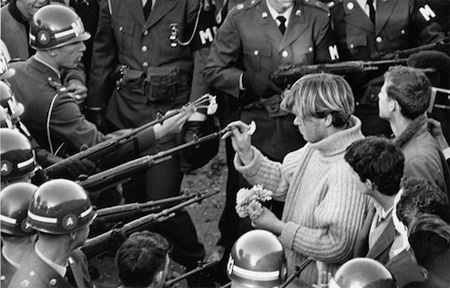
He then quickly changed into a cocktail dress and confused the soldier with a smooch.
Right after the protest, Harris moved to San Francisco, changed his name to Hibiscus, and started a psychedelic drag theater troupe called The Coquettes. That was simply what was done in San Francisco in the 1960s. It was practically mandatory.
The Cockettes featured actors high on LSD wearing bedazzled costumes and singing show tunes, and performances usually ended with most of the cast naked on stage. Inevitably, the shows started gaining a cult following, and Hibiscus' fame grew.

This wasn't mandatory in San Francisco, but it was certainly encouraged.
He eventually brought his act to New York, where he was the darling of Manhattan's artist circles. He dated Allen Ginsberg, John Lennon was known to jump onstage to sprinkle glitter on him, and the Osmonds used his shows as inspiration for their TV skits. Truman Capote called his show "the only true theater."
Yes, that friendly kid in the bitchin' cable-knit went on to do all that.
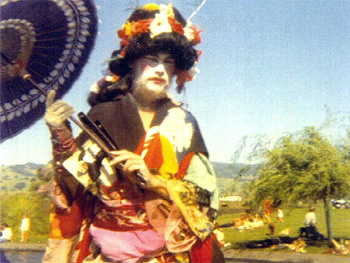
And we weren't joking about tossing on that dress.
And then, in 1982, Hibiscus became one of the first victims of a new illness called GRID, aka Gay-Related Immunodeficiency. That's what we called AIDS before we had any sort of clue, both scientifically and culturally. He passed away at 33.
And god damn it all, he better fly away on a rainbow at the end of this entry.
Yep, there he goes: majestic, dignified, pupils the size of dinner plates and now ... naked? Oh yeah, totally naked.
It's exactly how it should be.
Follow Alyssa on Twitter for significantly less exciting but also less depressing photos. Blow your mind further by checking out Markos' Twitter. Luke Miller used to keep America's skies safe as an air traffic controller, but now he writes fart jokes for Cracked.
For more words behind the photos, check out 5 Shocking Facts That Will Change How You View Famous Photos and 24 Photos Everyone Knows With Insane Backstories No One Does.
Subscribe to our YouTube channel, and check out Why You Should Think Twice Before Sending A Dick Pic, and other videos you won't see on the site!
Follow us on Facebook, and let's be best friends forever.
Want to know how to go mano-a-mano with a president? Daniel O'Brien can help, with How to Fight Presidents: Defending Yourself Against the Badasses Who Ran This Country!

